The Benefits of Walking Are Immense!
Summary: Feeling low on motivation to get moving? This post is your gentle nudge (and mine!) to lace up those trainers and get walking — with 30 solid reasons why it’s one of the best things you can do for your body, mind, and Type 1 Diabetes management.
Introduction
It’s that time of year again — when I need to dig deep for the motivation to actually put my trainers on and head out the door for a walk. The struggle is real!
So, in the spirit of giving myself a gentle kick up the backside (and maybe inspiring a few of you too), I decided to make a list — a big one — to help get the movement mojo going.
And honestly, why keep it to myself when it might help someone else who’s also side-eyeing their walking shoes right now?
So here it is: 30 powerful reasons to get out and walk (for those of us who can!).
🌿 30 Reasons to Walk Daily with Type 1 Diabetes
🩸 Blood Sugar & Insulin Balance
Improves insulin sensitivity – helping your body use insulin more effectively.
Reduces post-meal glucose spikes – walking after meals helps lower blood sugar naturally.
Can decrease insulin requirements – with proper medical guidance, walking may reduce the amount of insulin needed.
Helps correct high blood sugars safely – gentle walking can bring glucose down (when not dangerously high).
Promotes more predictable glucose patterns – less risk of sharp highs or lows compared to intense workouts.
Supports better HbA1c levels – consistent daily walks contribute to long-term glucose control.
❤️ Heart, Circulation & Detox Support
Boosts cardiovascular fitness – strengthens your heart and improves circulation.
Lowers blood pressure – walking regularly helps keep blood pressure in a healthy range.
Improves cholesterol balance – increases HDL (“good”) and reduces LDL (“bad”) cholesterol.
Stimulates lymphatic flow – enhances your body’s natural detox system, flushing out waste and bacteria.
Improves gut function and reduces gastroparesis symptoms – light activity after meals helps digestion.
Builds stronger bones – weight-bearing movement lowers the risk of osteoporosis and fractures.
⚖️ Weight, Metabolism & Physical Wellbeing
Aids weight management – supports healthy fat loss and muscle tone.
Boosts metabolism – keeps your body burning energy efficiently.
Improves aerobic fitness – strengthens lungs and endurance over time.
Supports joint health and flexibility – movement reduces stiffness and pain.
Is low-risk and low-impact – gentle on the body, making it suitable for most fitness levels.
🧠 Mental, Emotional & Spiritual Benefits
Reduces stress – calms the nervous system and therefore stabilises blood glucose indirectly.
Improves mood – boosts endorphins and serotonin, easing depression and anxiety.
Supports mental clarity – increases oxygen flow to the brain for sharper focus.
Improves sleep quality – regular activity helps you fall and stay asleep more easily.
Enhances confidence and self-discipline – builds a sense of control over your health.
Connects you with nature – nurturing mindfulness, calm, and a sense of spiritual grounding.
☀️ Practical & Lifestyle Advantages
Increases Vitamin D exposure – outdoor walking supports bone, immune, and mood health.
Inexpensive and accessible – no gym, equipment, or membership required.
Can be done anywhere – easy to maintain the habit while traveling.
Fits into daily routines easily – short walks after meals or errands make it sustainable.
Encourages social connection – walking with friends or groups adds motivation and joy.
Supports long-term health and longevity – lowers risk of complications and chronic disease.
Empowers you to take active ownership of your healing journey – a simple, consistent act that builds strength, resilience, and hope.
Closing Thoughts
Walking might seem small, but it’s one of those beautiful little things that changes everything over time — your mood, your blood sugars, your sense of self.
So here’s to movement, mindfulness, and finding our rhythm again… one walk at a time.
Now… shall we both stop reading about walking and actually go for one?

GET HEALINGT1D’S FUTURE ARTICLES IN YOUR INBOX!
Get the latest musings and findings straight to your email inbox.
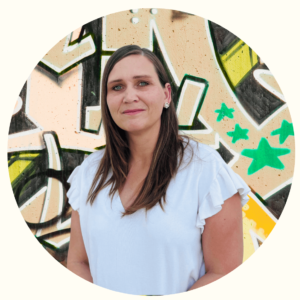
Natalie is a blogger with Type 1 Diabetes. Natalie’s special gifts are questioning the status quo and being a rebel. She is using these gifts to question medical ‘knowledge’ and find a true cure for Type 1 Diabetes.






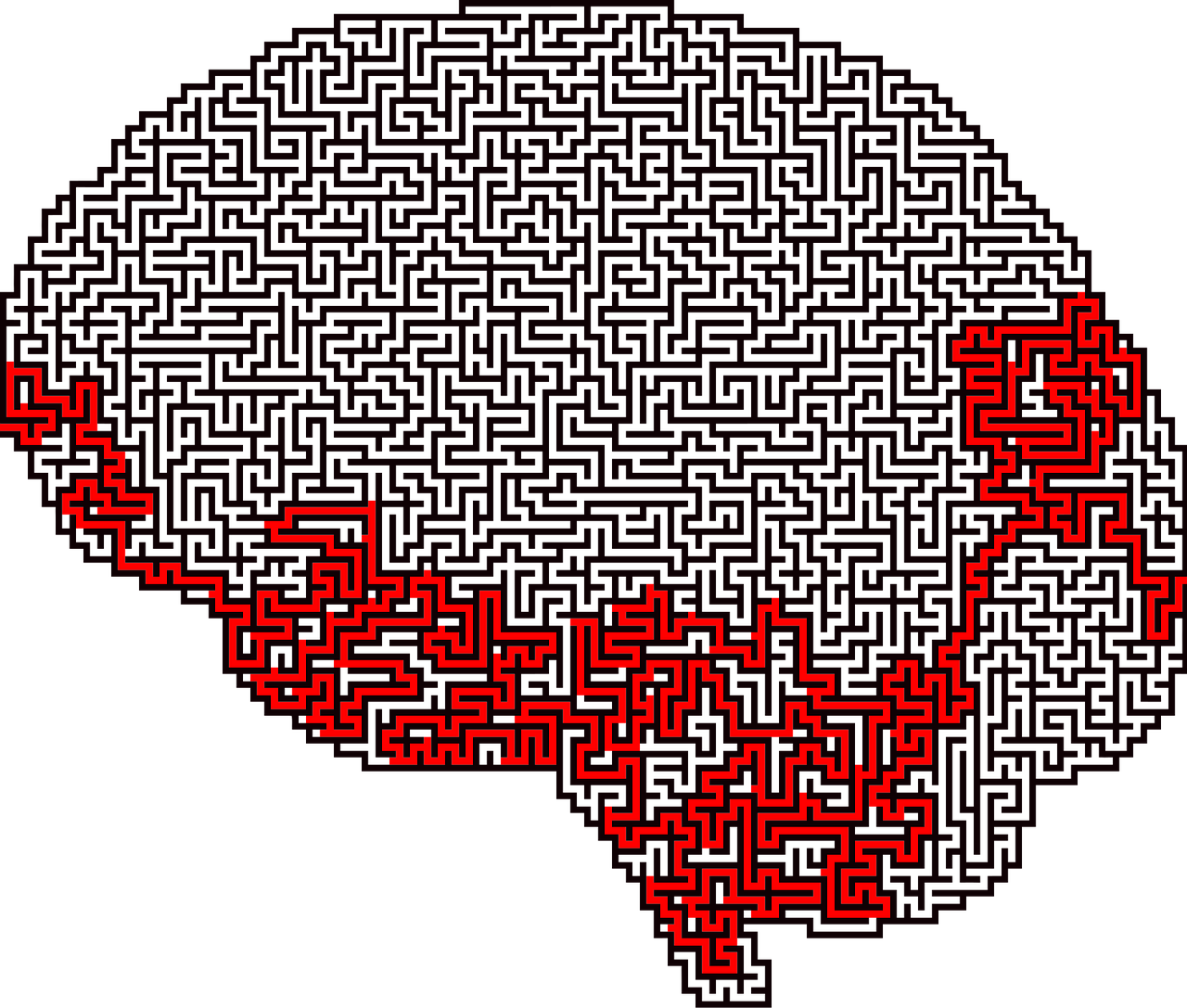


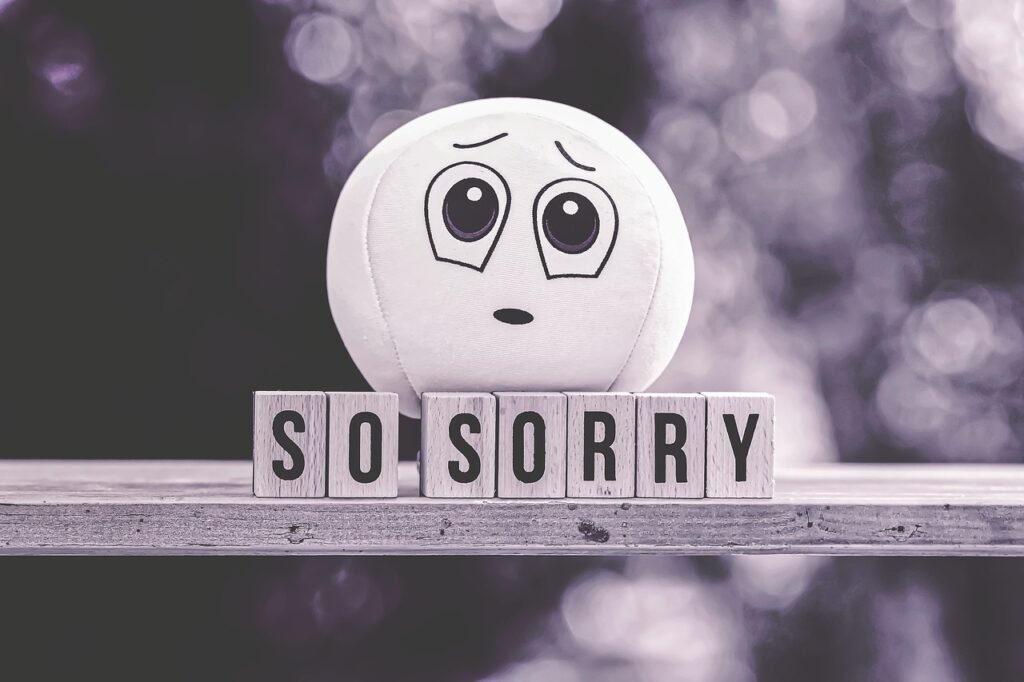
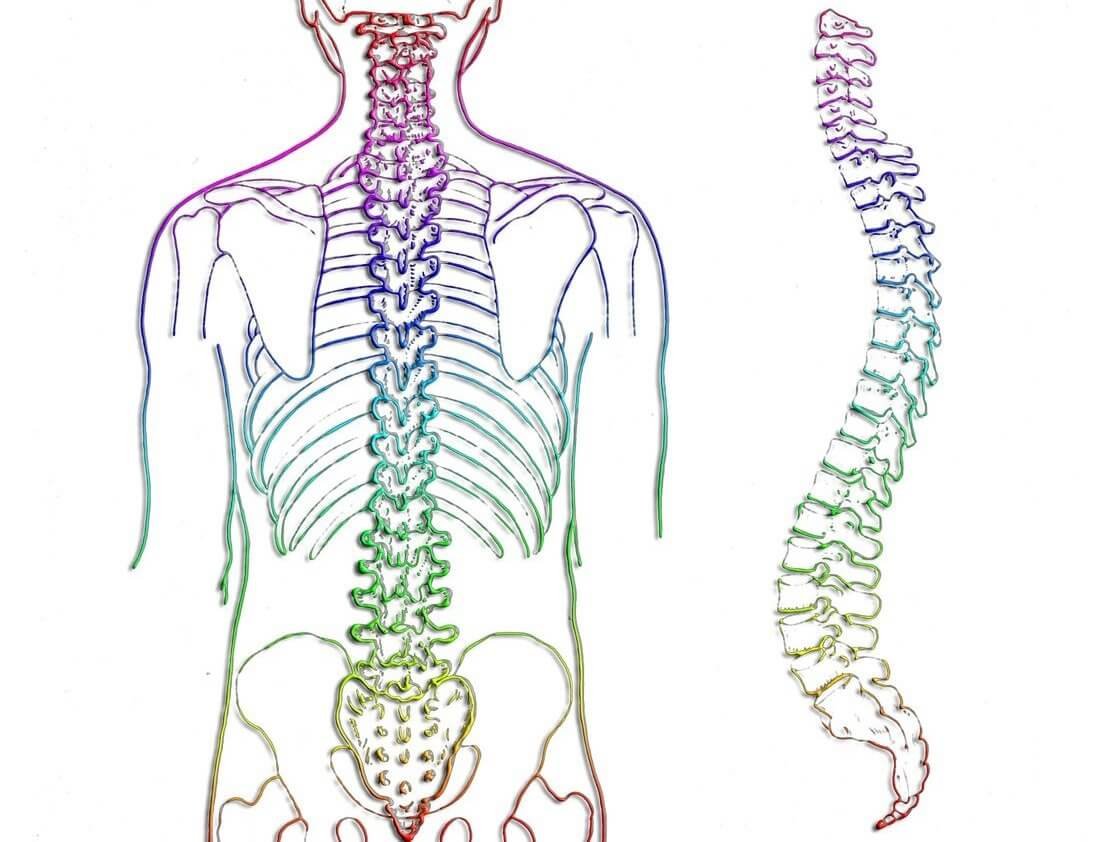
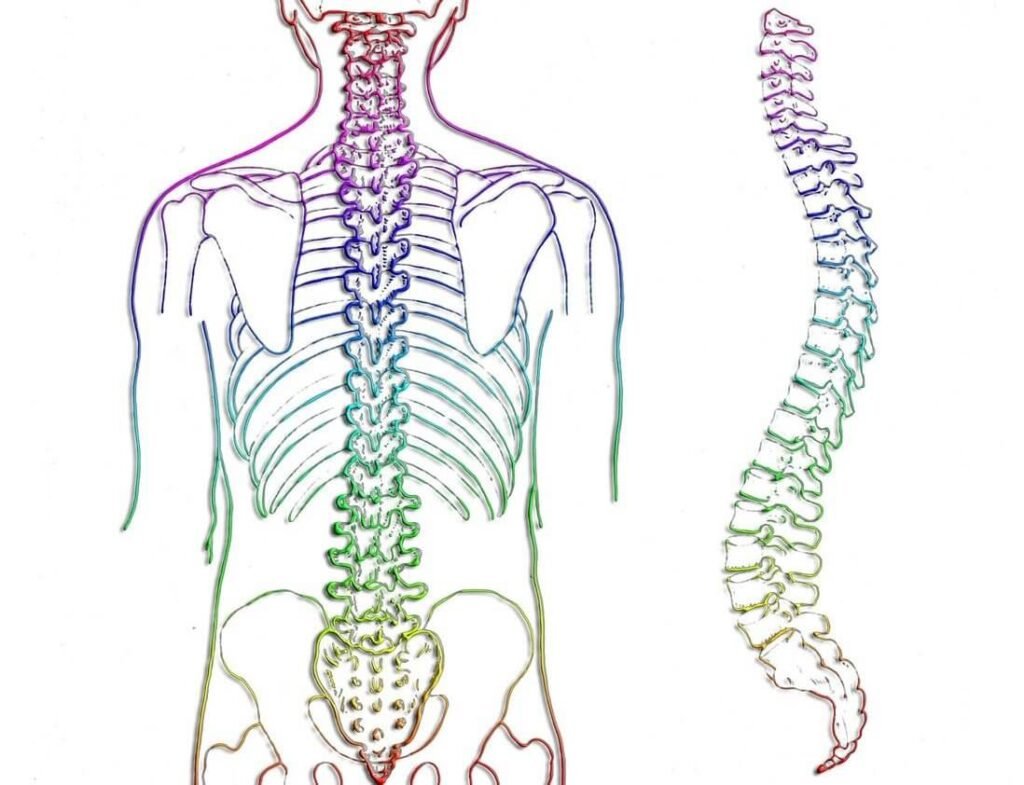
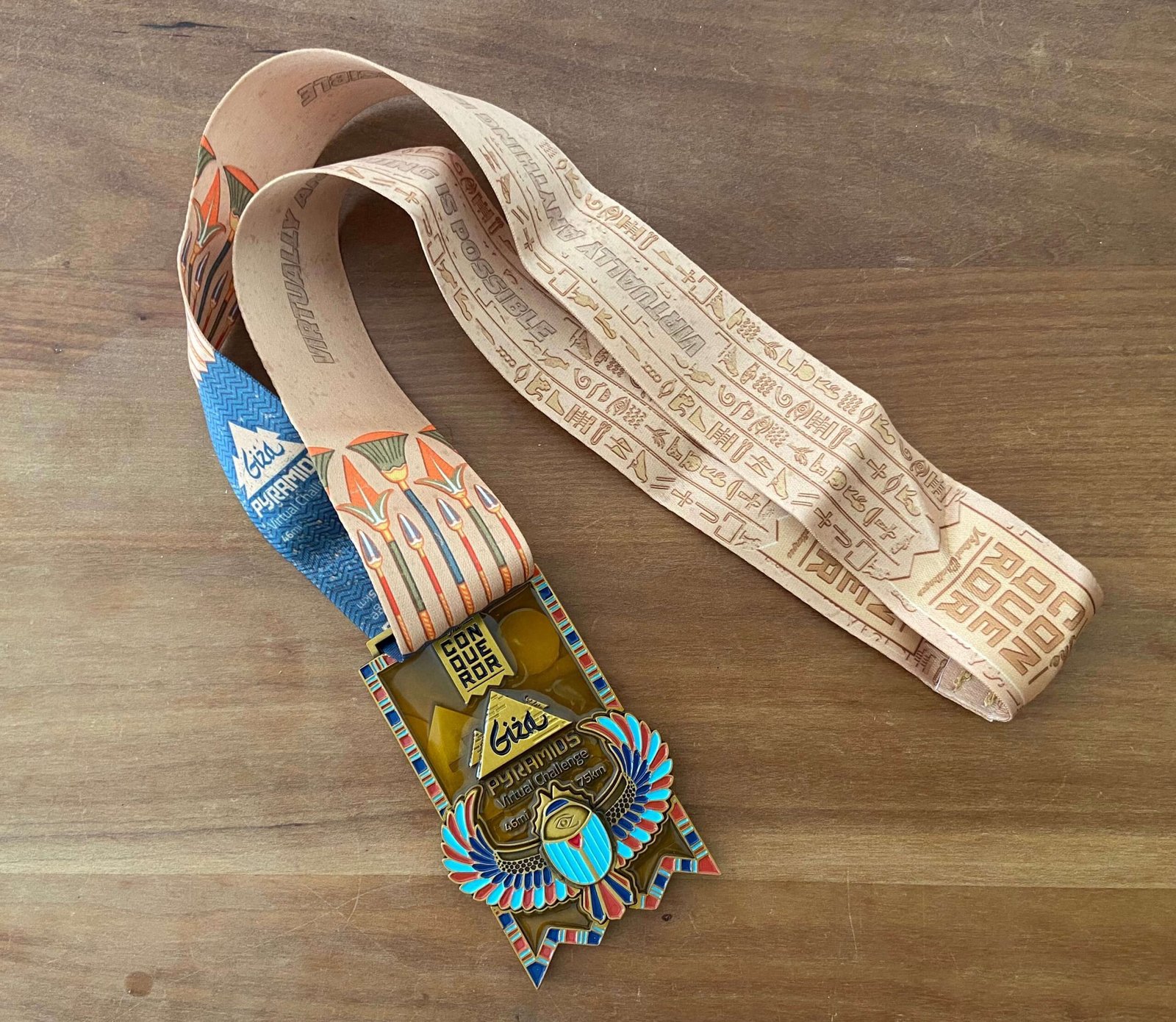



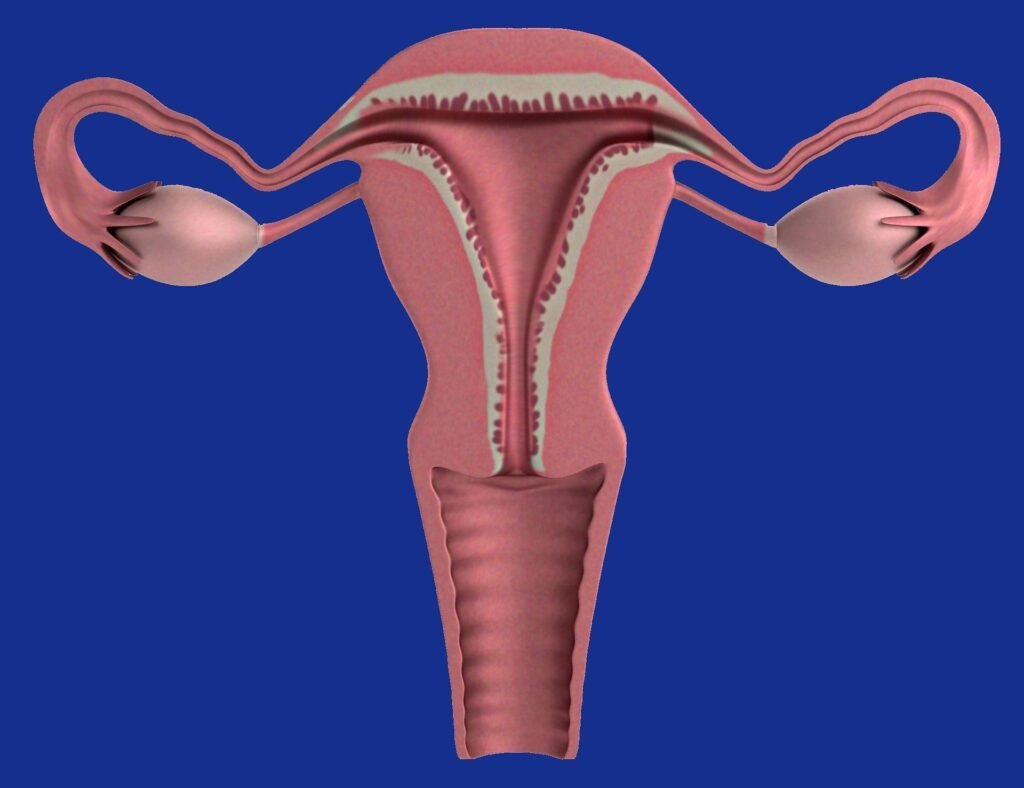

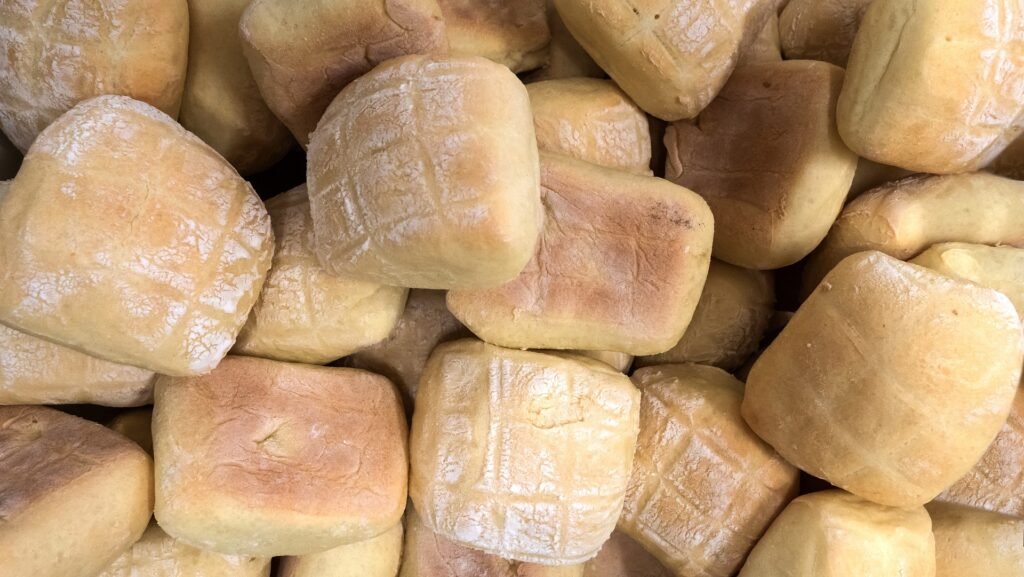
Recent Comments: